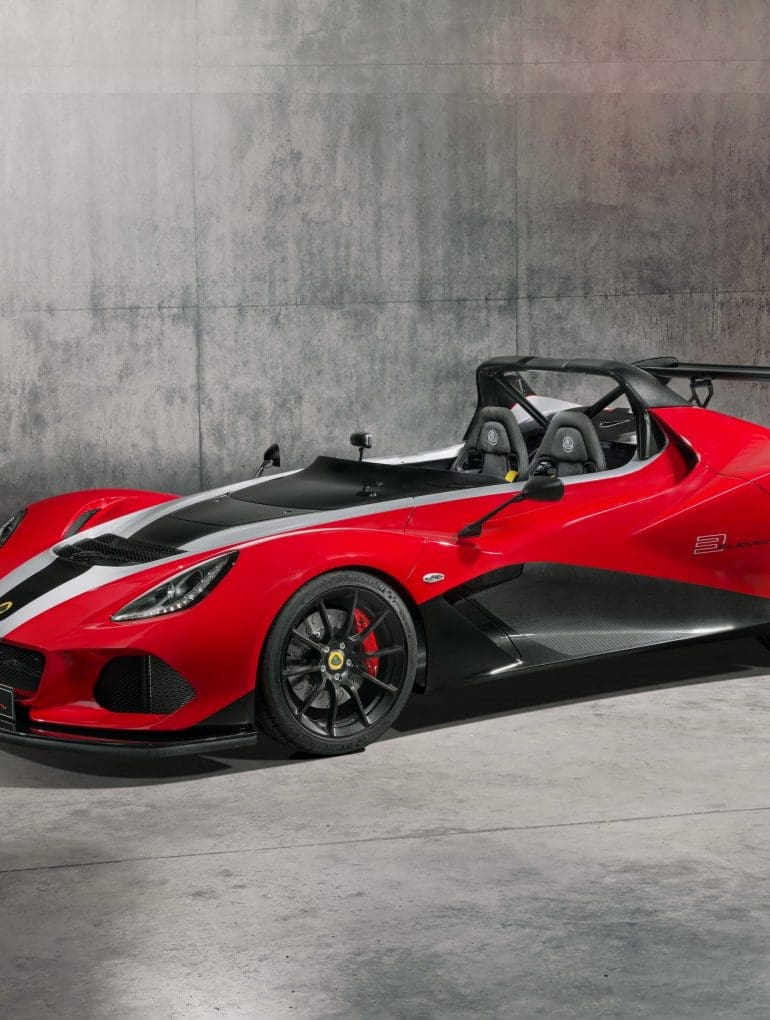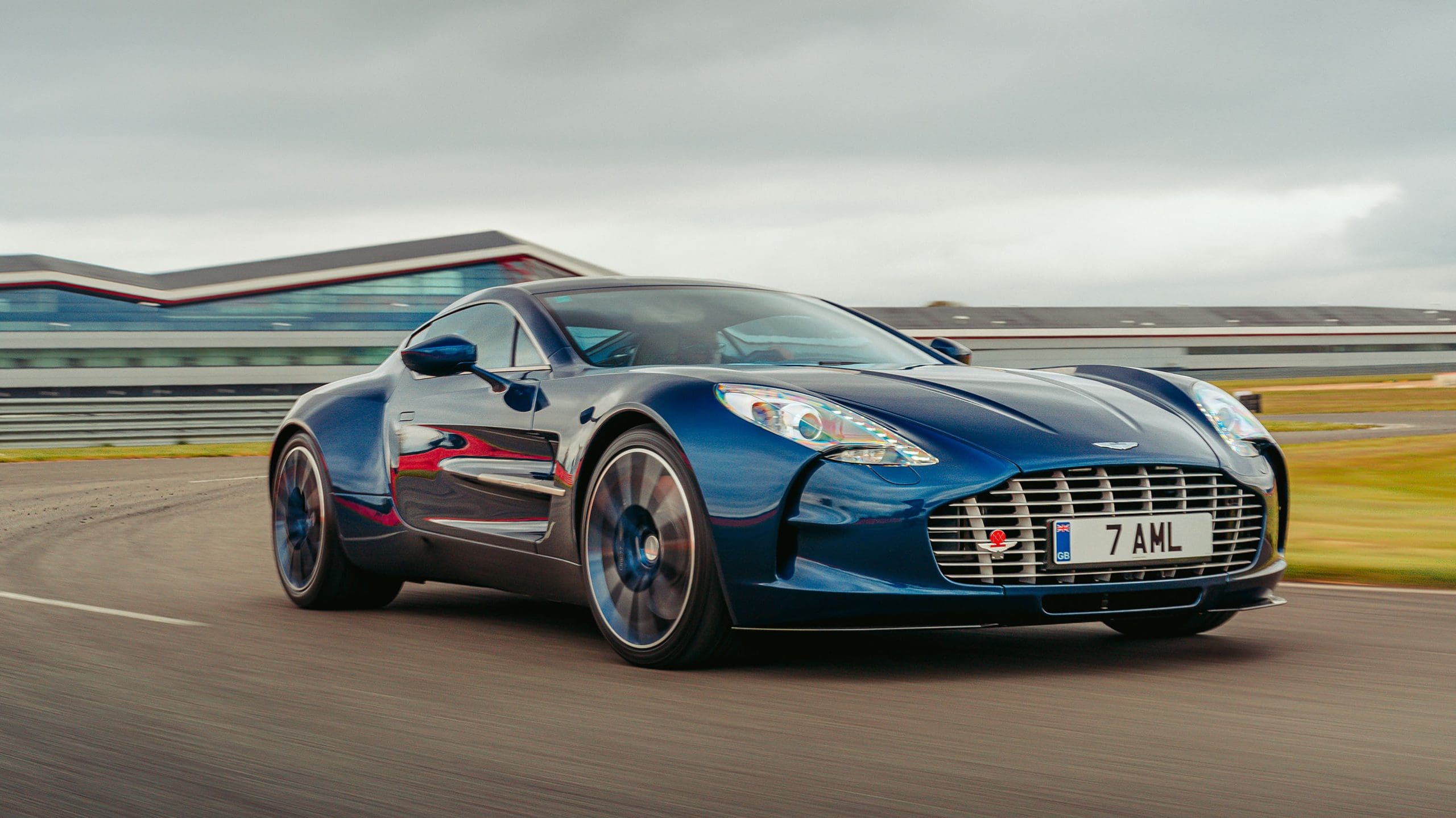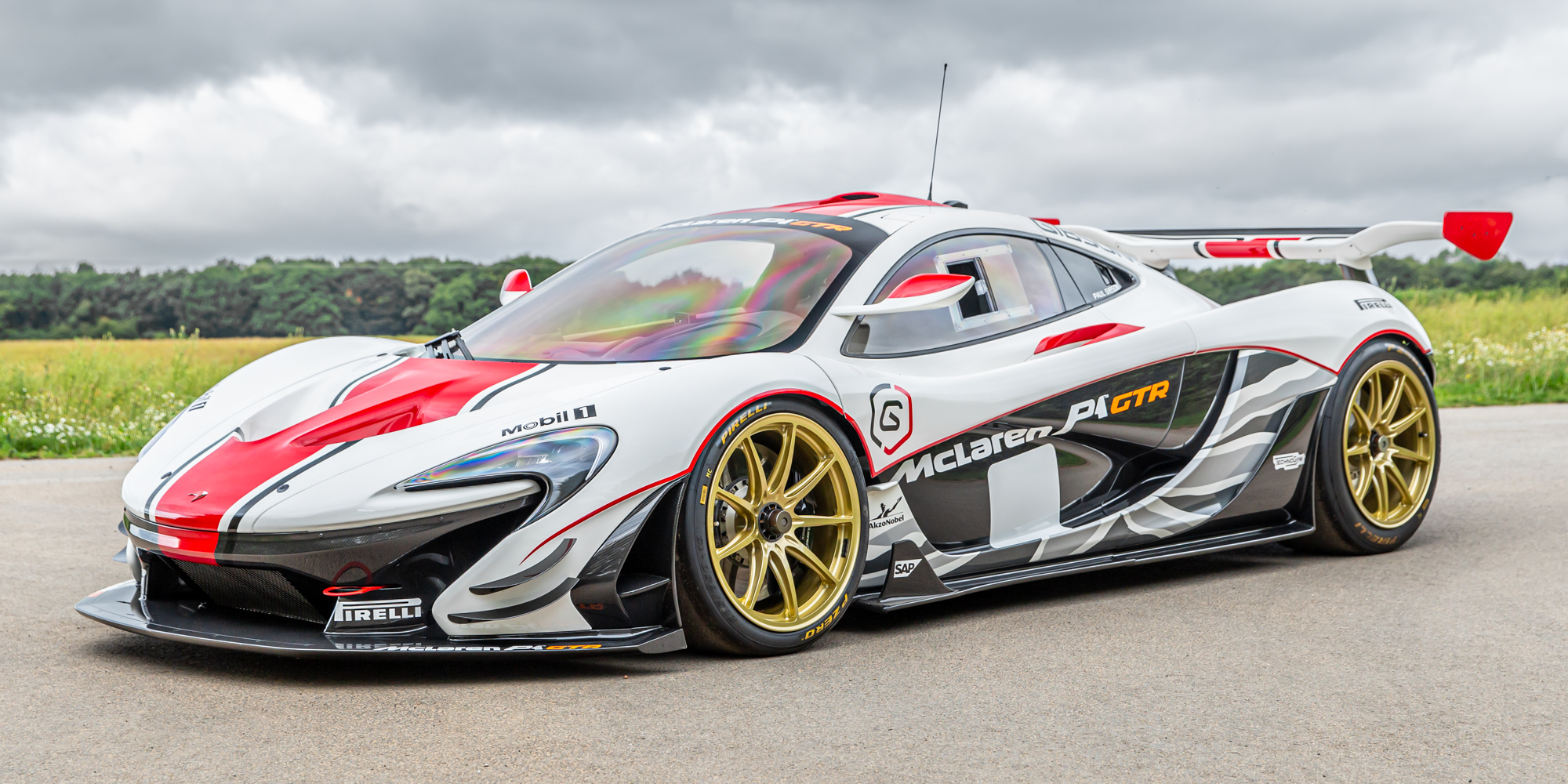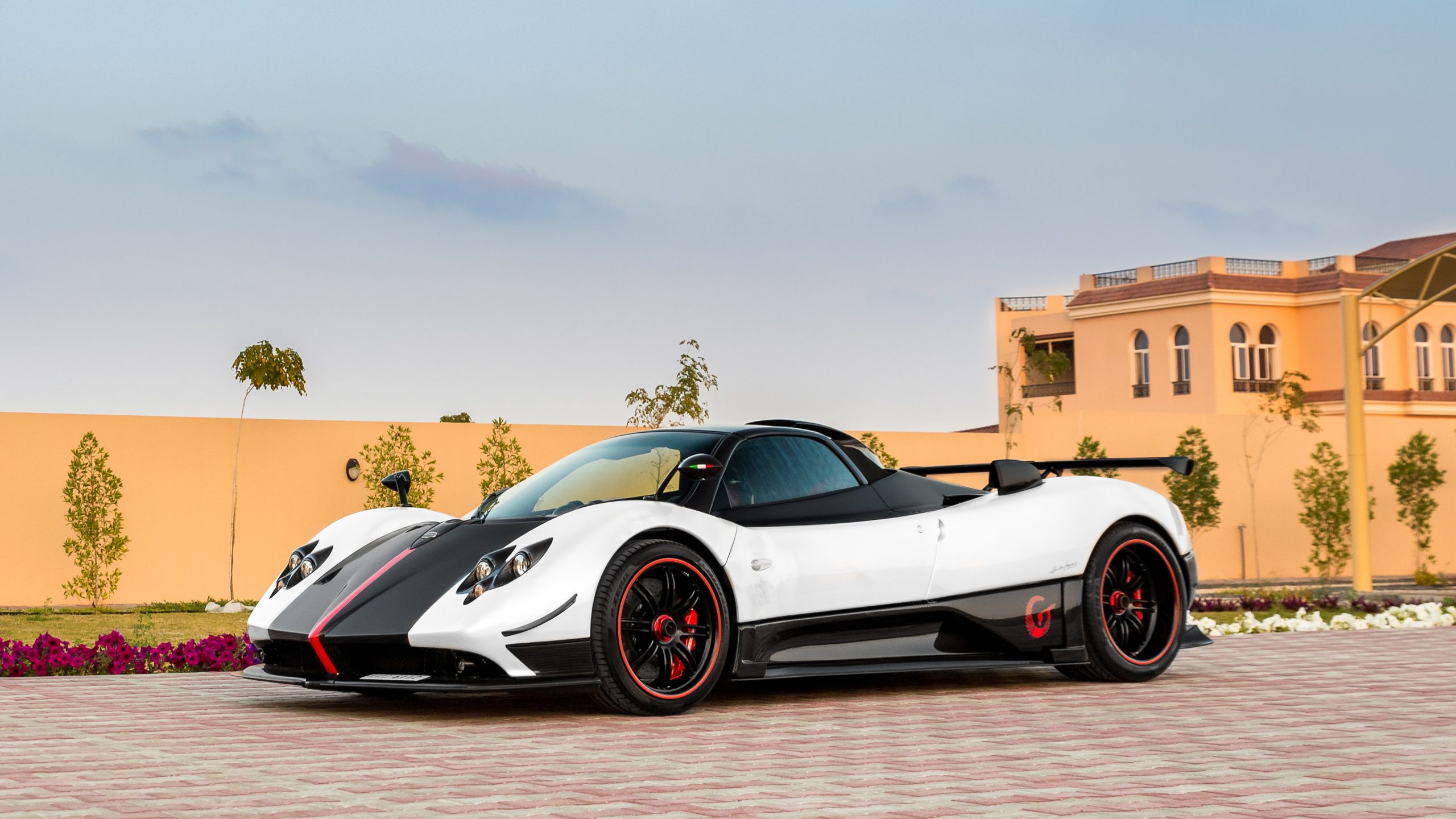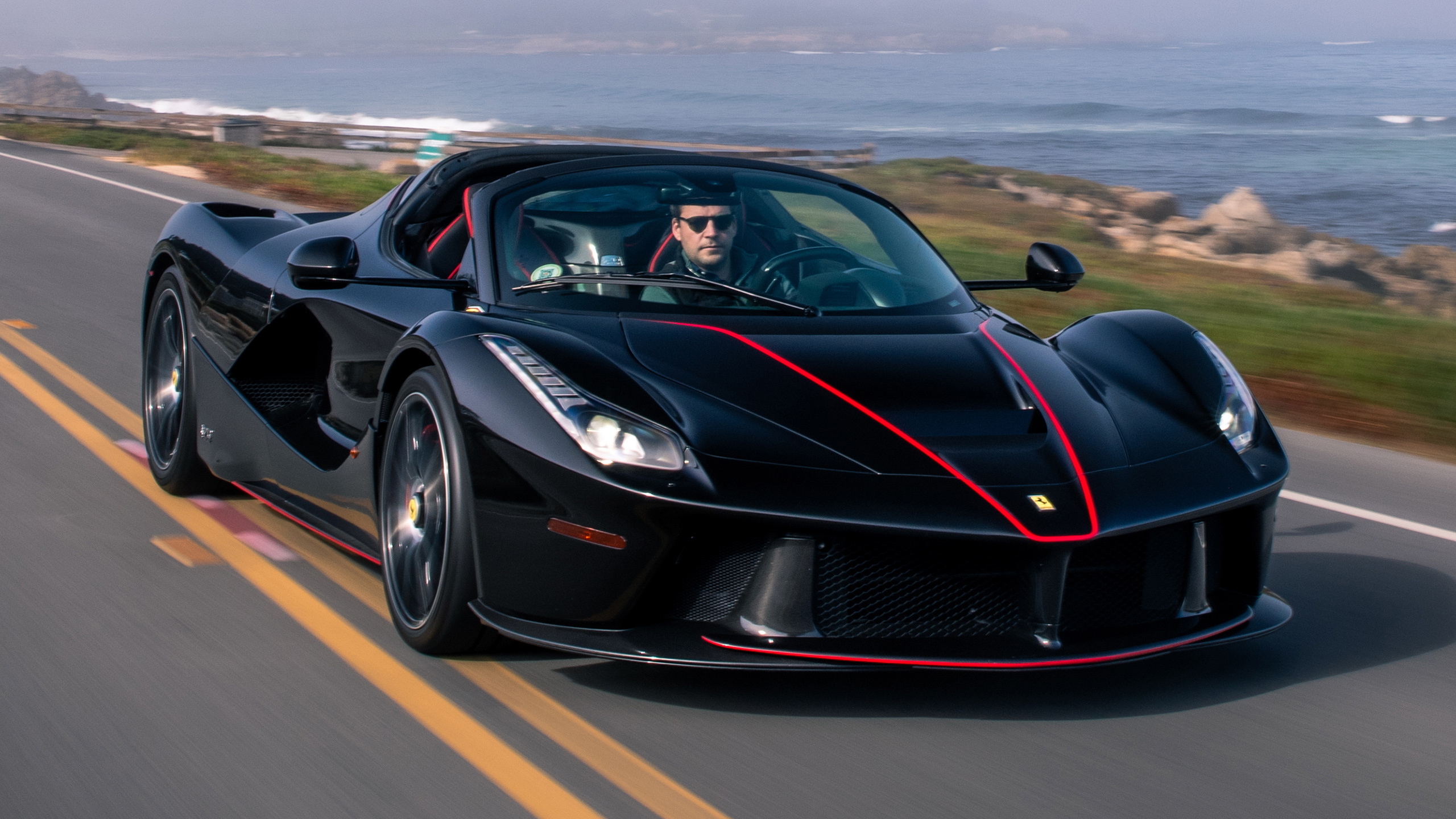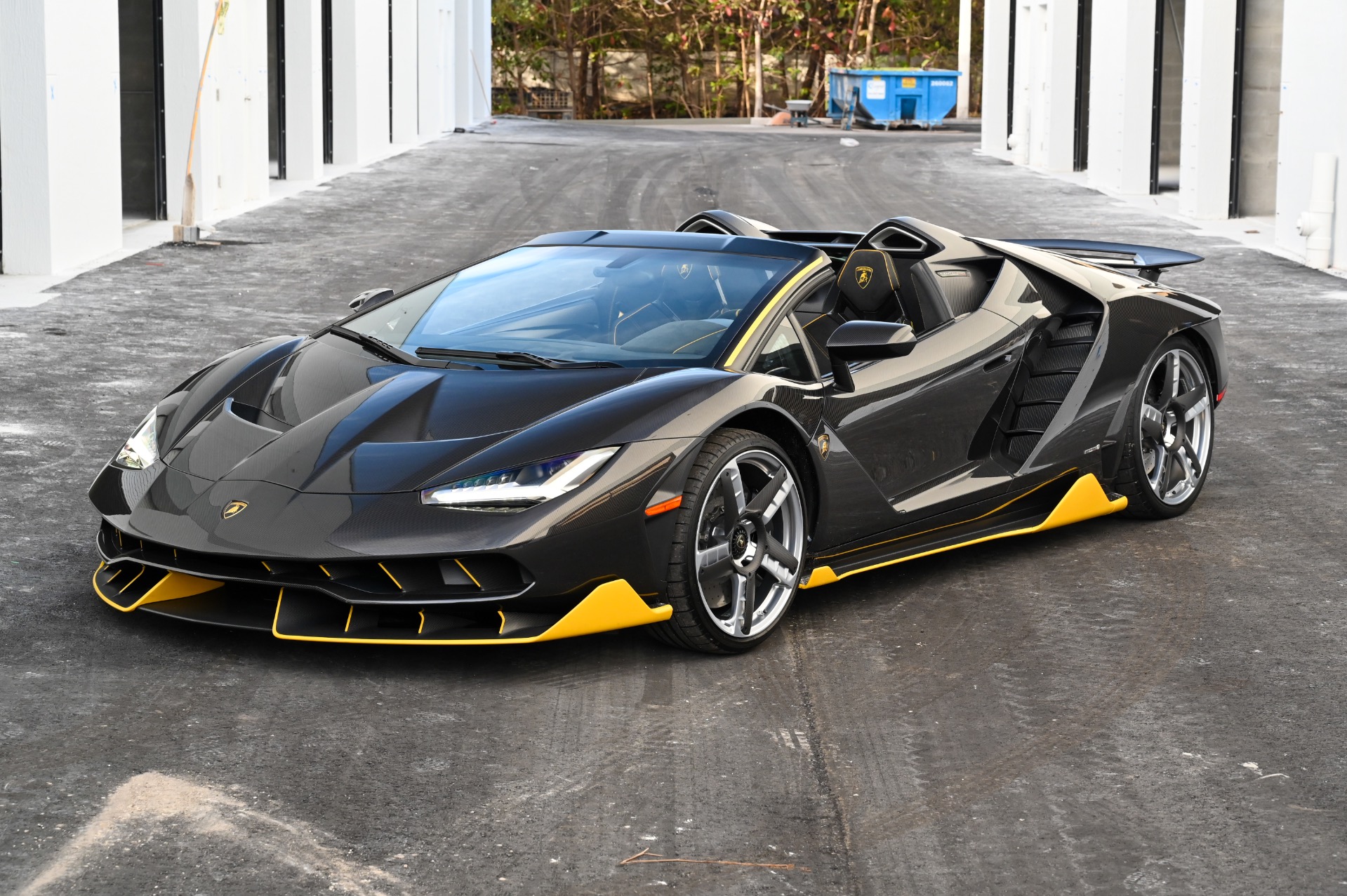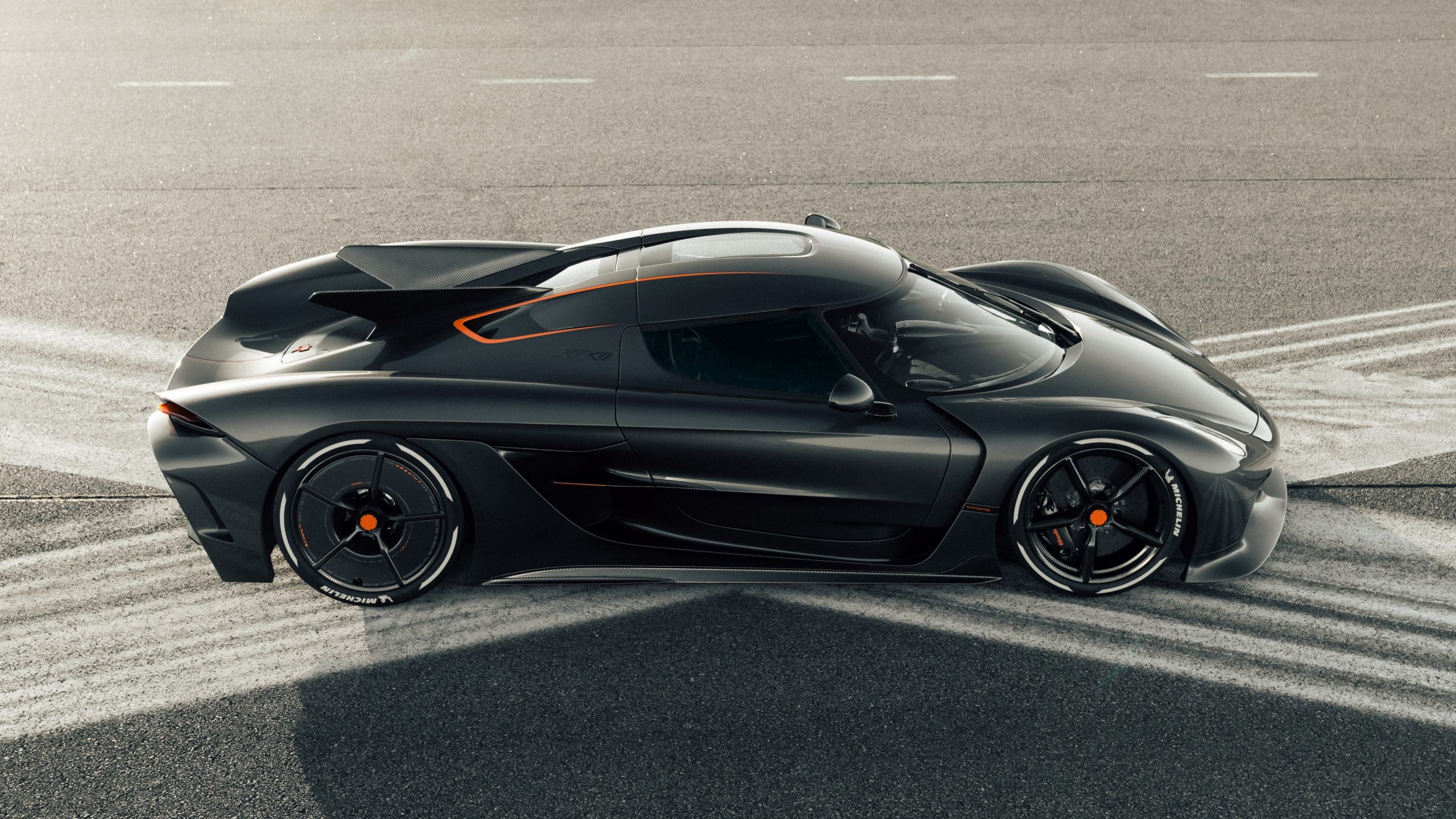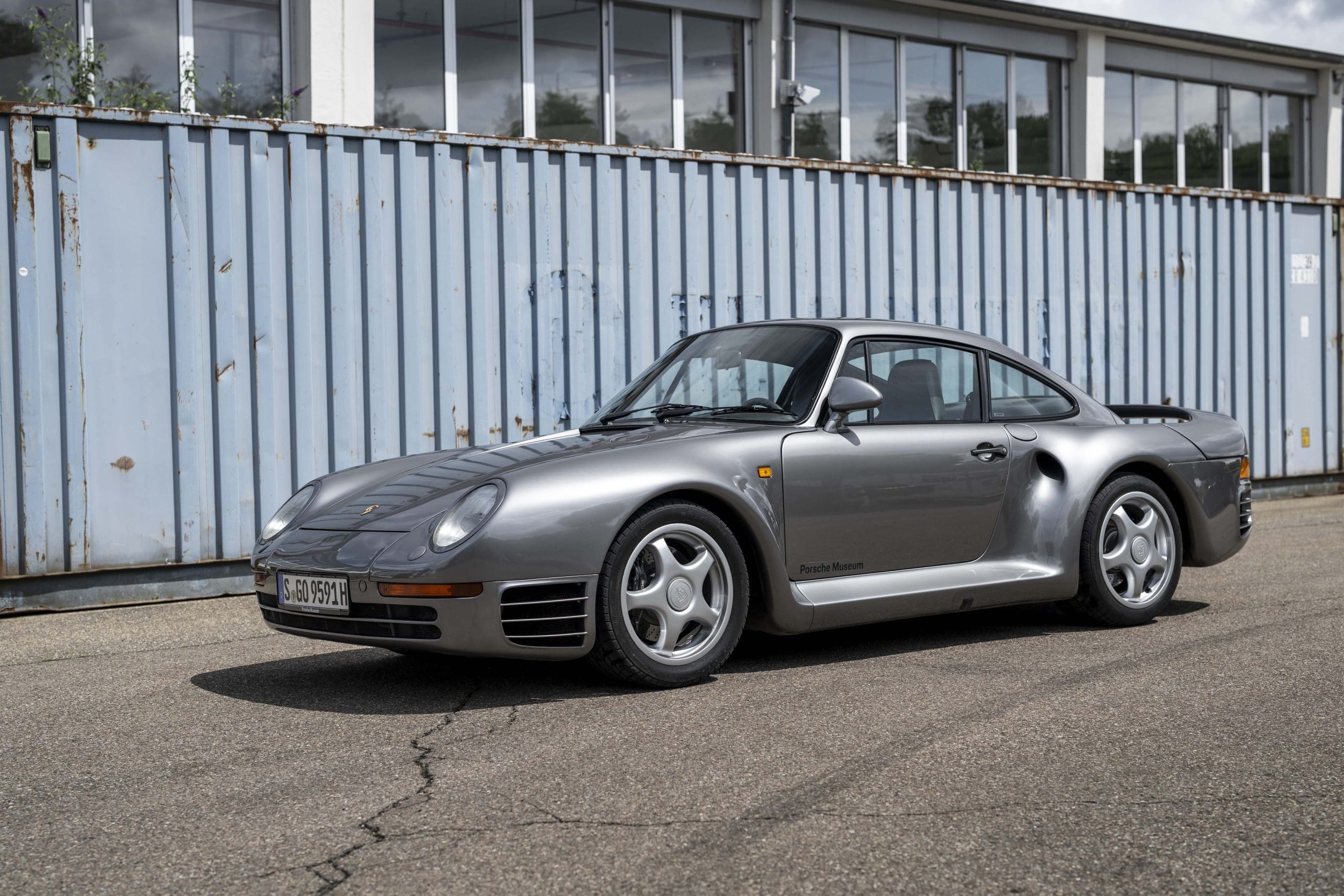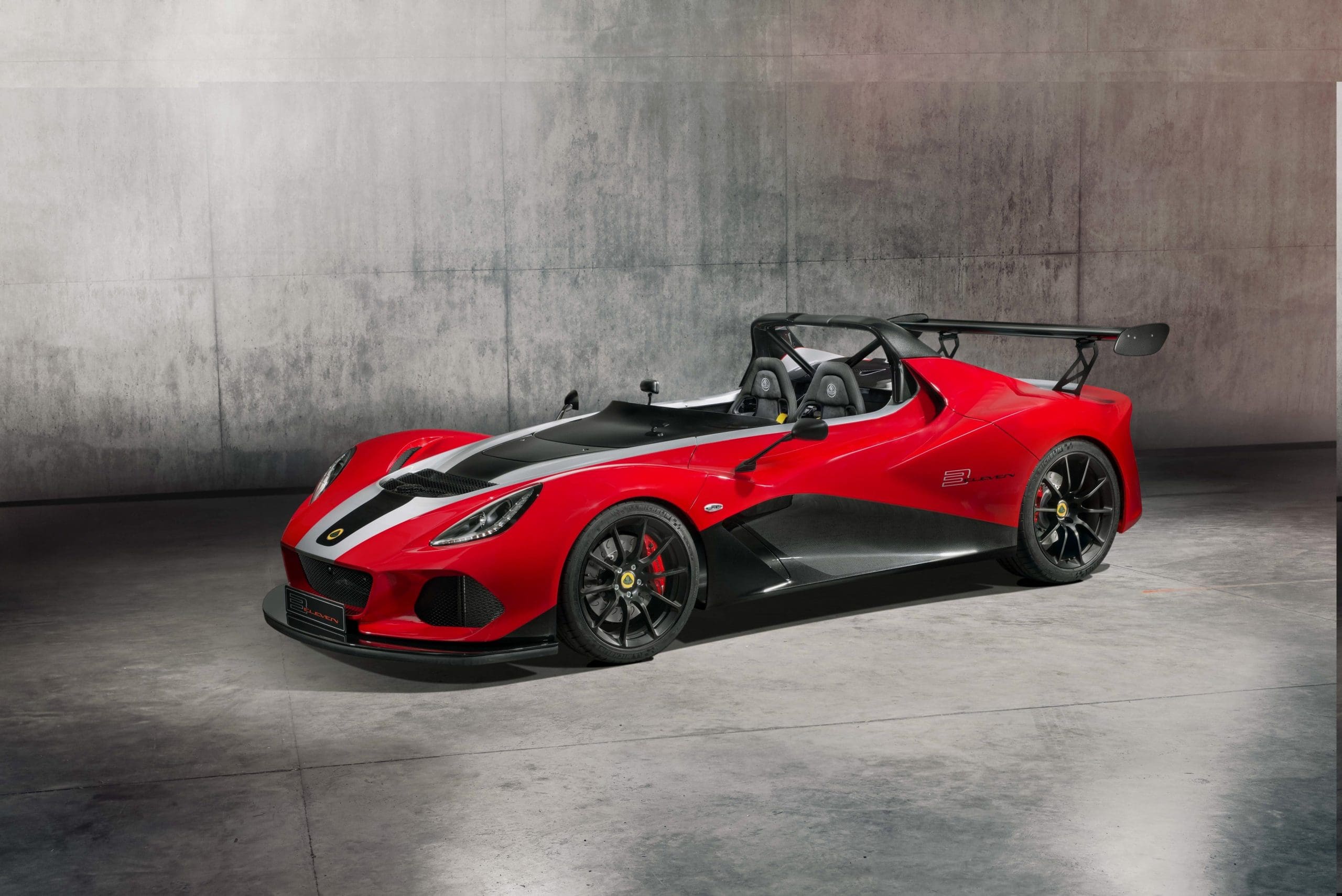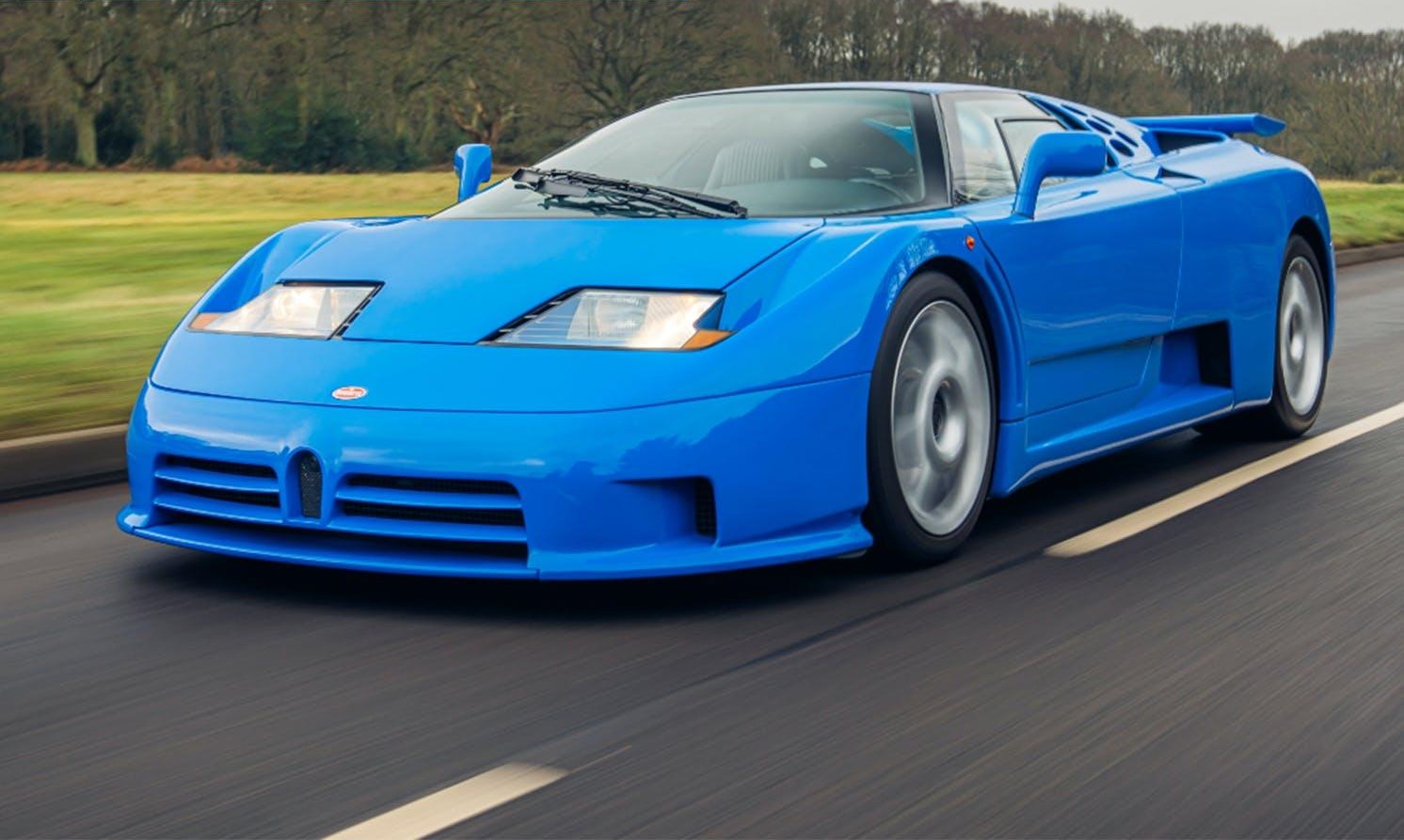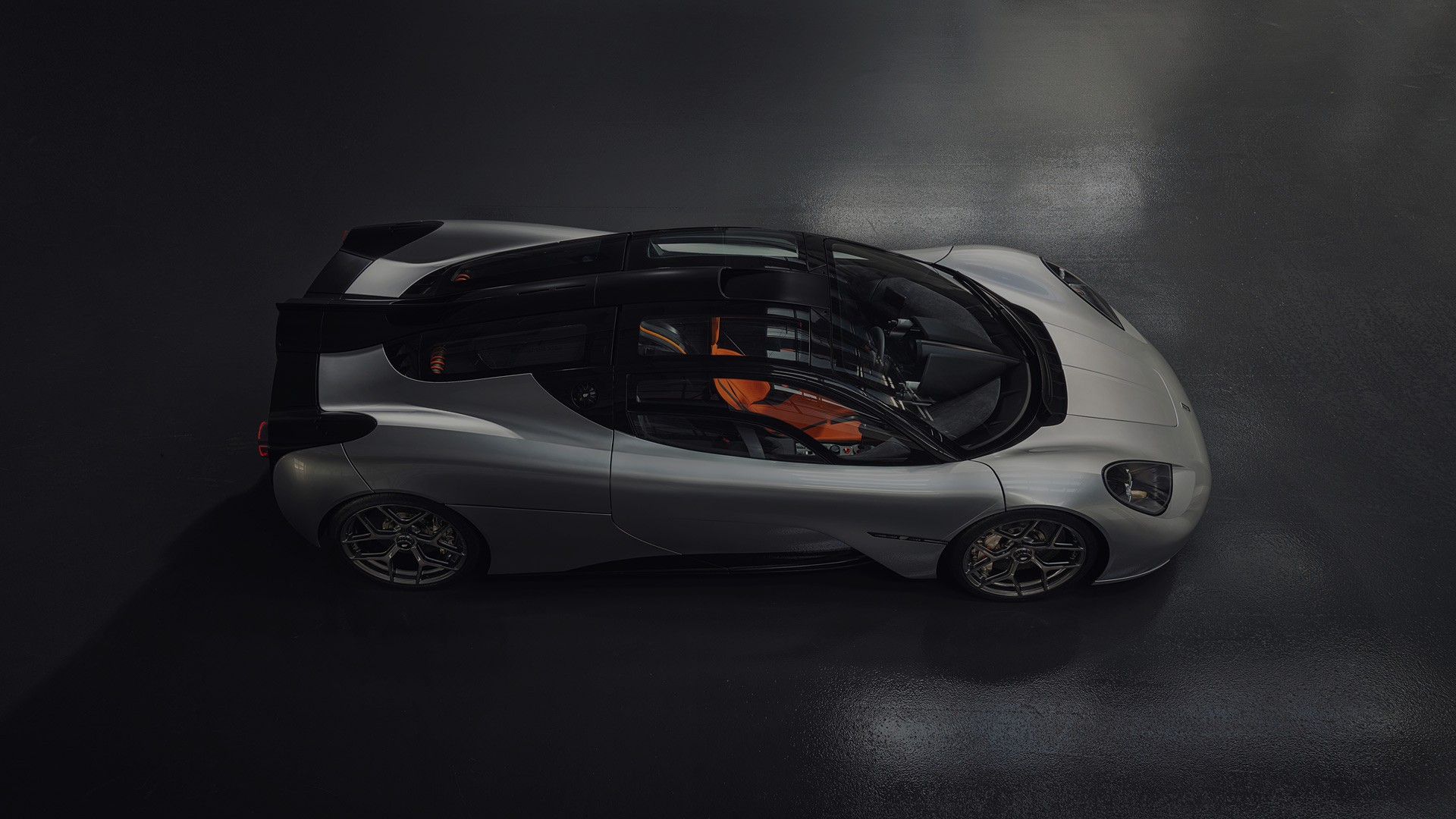The U.S. is one of the largest markets for high-performance cars, but that does not mean American enthusiasts get access to every exotic machine. In fact, some of the most jaw-dropping supercars are sold exclusively in Europe, Asia, or the Middle East, locked out of U.S. garages due to emissions rules, safety regulations, or simple scarcity. For many fans, that makes them all the more desirable.
Here’s a tour of incredible supercars you will have to travel abroad to experience.
Aston Martin One-77
Limited to just 77 examples, Aston Martin’s One-77 was hand-built with a 7.3-liter V12 producing 750 horsepower. Most were delivered to Europe and the Middle East, and U.S. allocations were virtually nonexistent. Today, spotting one outside Europe is like seeing a unicorn.
McLaren P1 GTR
As a track-only evolution of the McLaren P1, the GTR was never road legal anywhere, and certainly not in the United States. Owners participated in McLaren’s curated track days across Europe and Asia, while American fans could only watch from the sidelines. A few P1 GTRs have been converted for road use in other countries, but legal titles in the U.S. remain nearly impossible.
Pagani Zonda Cinque
Pagani never homologated the Zonda for the American market, and the Cinque was the most extreme version of all. Just five coupes and five roadsters were built, each dripping with carbon fiber and Italian drama. They remain firmly locked overseas, cherished by collectors who will likely never let them go.
Ferrari LaFerrari Aperta
Ferrari’s topless LaFerrari hypercar was offered to only the brand’s most loyal VIPs. A handful were delivered to U.S. buyers, but the majority stayed in Europe. Unless you were on Maranello’s invitation list, this hybrid V12 roadster was forever out of reach.
Lamborghini Centenario
Built to celebrate the 100th birthday of company founder Ferruccio Lamborghini, the Centenario was a limited-run Aventador-based hypercar with 770 horsepower and a dramatic carbon body. Lamborghini did not homologate it for the U.S. market, so most cars stayed in Europe and the Middle East.
Koenigsegg Jesko Absolut (Non-US Spec)
Koenigsegg has made progress toward U.S. homologation, but not every Jesko variant qualifies. The Absolut, designed to chase world speed records, has specifications that do not fit neatly with American regulations. For now, U.S. buyers must settle for European examples, if they can even secure one.
Porsche 959
Though not a modern car, the 959 is one of the most legendary forbidden fruits. Porsche’s twin-turbo marvel of the 1980s was never legal in the U.S. when new. It was only under the later “Show or Display” exemption that a few finally arrived on American shores. Now, it’s become a collector’s car and can be found for grabs by auction houses in the USA.
Lotus 3-Eleven
Track-focused and impossibly raw, the Lotus 3-Eleven was never meant for the American market. Offered mainly in Europe, it carried a supercharged V6 and stripped-down construction. It represents the kind of pure performance car that rarely makes it to the United States.
Bugatti EB110
Before the Veyron era, Bugatti built the EB110 in Italy. It was a 1990s hypercar with quad-turbo V12 power. The U.S. never saw official allocations, making it a sought-after classic for collectors today.
Noble M600
The U.K.-based Noble M600 has long been admired for its analog purity and monstrous V8 power, but it was never federalized for the U.S. A handful have been imported under special exemptions, but ownership remains nearly impossible stateside.
Why These Cars Never Cross the Atlantic
The reasons vary:
- Regulations: Strict emissions and crash-testing standards make it too expensive for boutique automakers to certify cars for the U.S.
- Limited Runs: With production numbers sometimes under 100, manufacturers often skip the world’s most demanding market.
- Exclusivity: Brands deliberately restrict certain models to Europe, Japan, or the Middle East to reward their most loyal buyers.
For American enthusiasts, the “25-year import rule” sometimes offers a future lifeline. Once a car is old enough, regulations ease and imports become possible. That is why models like the Nissan Skyline GT-R eventually became cult icons in the U.S.
Doing Due Diligence at Home
While these forbidden fruits remain overseas, U.S. buyers still have a huge selection of incredible exotics available domestically. That makes it all the more important to research carefully. Tools like a USA VIN Decoder let buyers confirm a car’s history, mileage, and title status, which is essential when shopping for Ferraris, Lamborghinis, or McLarens already in the American market.
Closing Thought
Some supercars achieve legendary status precisely because they cannot be bought in the U.S. Whether it is a Pagani Zonda screaming around Italian hillsides or a Toyota Century GRMN gliding through Tokyo streets, these cars remain global treasures. And while American fans may never park them in their garage, their mystique ensures they will always be part of the supercar dream.


